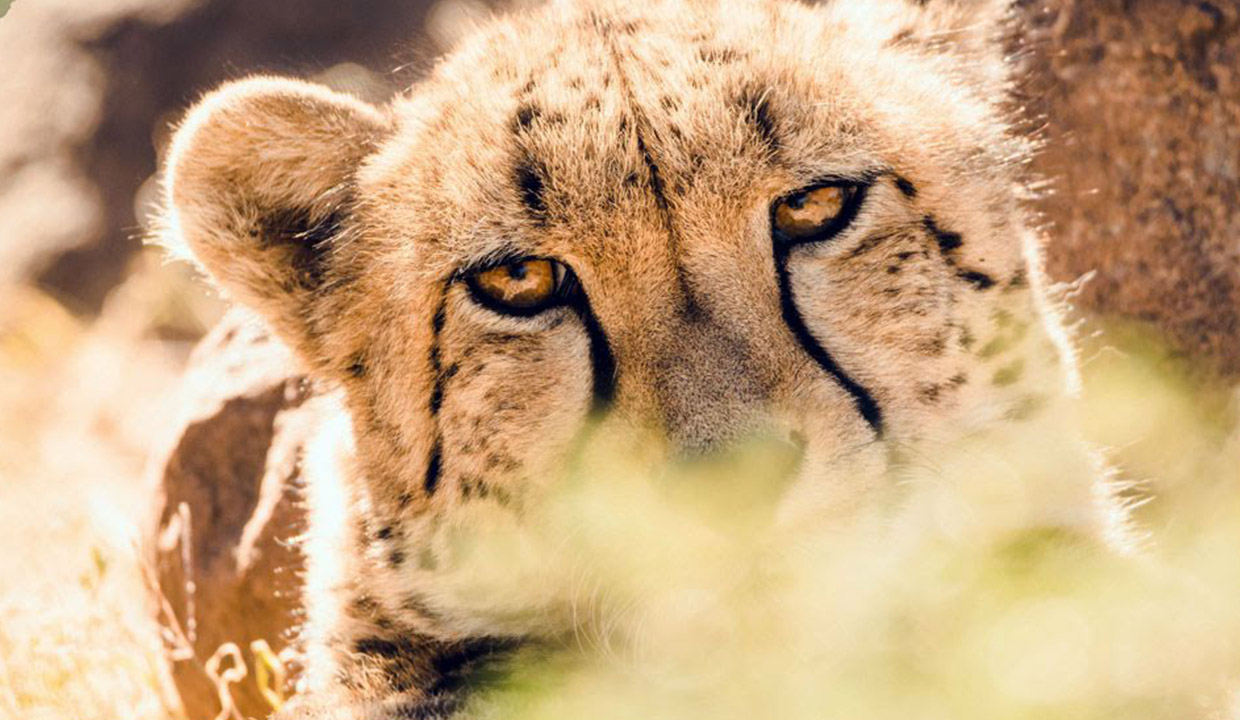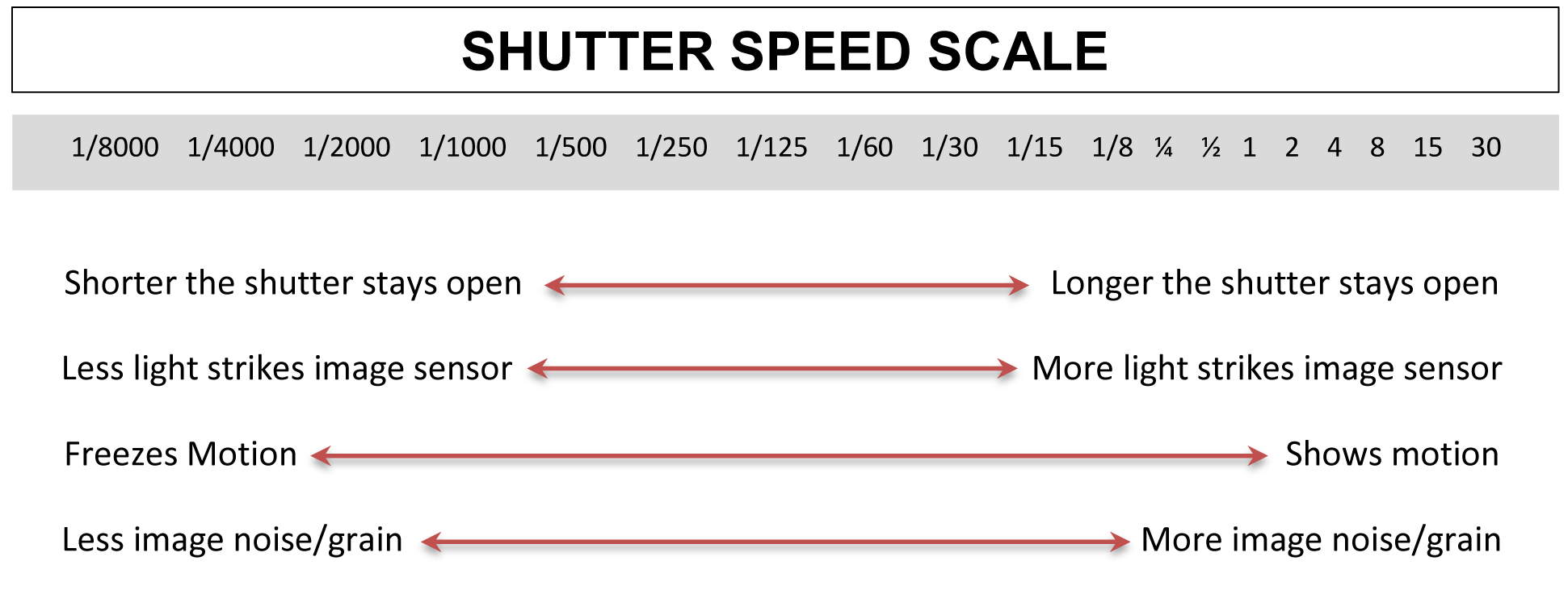
Shutter Speed Explained – Photography for Beginners
These days, photography is a lot more complicated than pointing and shooting. In fact, if you look at a DSLR camera for the first time, chances are your head will start spinning from all the unfamiliar buttons and functions. Why are they all even necessary to take a photo? If you’re interested in pursuing photography and looking for the first steps to understand your camera, there are three important exposure settings you should know about first. They are: aperture, ISO and shutter speed. In this article, we shed some light on what shutter speed is and how to use it.
Download FREE eBook featuring 18 International scholarships to fund overseas experience travel
What is shutter speed?
The shutter speed refers to the amount of time that the shutter on your camera is open when you press the shoot button. It’s basically the amount of time your camera “records” the scene. It it measured in fractions of a second. If your camera shutter is open for longer (for instance, 1 second), your sensor has more time for light to enter and it perceives motion for longer. This means the image will appear brighter (or more blurry – depending on what you’re photographing). If the shutter speed is fast, like 1/1000 (a thousandth of a second), then the image would appear a little darker, but the subject will be sharper or more in focus, even though it was moving. To help you understand this scale better, take a look at the following chart:
Why is shutter speed important?
Being part of the “exposure triangle”(as the 3 settings in this blog series is sometimes referred to), the shutter speed also has an effect on the brightness of your photo. That’s because there is more light entering the camera sensor if it’s open for longer (slow shutter speed). However, the most important feature of this setting is making an action seem frozen with a fast shutter speed. This will make all the elements appear clear and in focus. This is especially handy when you’re doing sports and adventure photography. On the other hand, you can also depict motion creatively by using a slow shutter, to portray the idea of movement and action (see the bottom left photo of this blog post).
What should I do with it?
In darker conditions, you can make an image appear brighter by using a slower shutter speed. However, if your subject is moving or you’re not using a tripod, this can make your image blur. That’s why you should also use your aperture and ISO settings for adjusting the amount of light exposure in an image. For moving animals and adventure activities, a faster shutter speed (of less than a second) is recommended if you want sharp, clear images of the moving subject.
How do I use shutter speed in the best way?
Firstly, change your camera settings to Manual (M) or Shutter Speed Priority (Tv) mode. Secondly, observe your surroundings, the available light and your subject in order to determine what your shutter speed should be. If you want to apply a creative blur to your image, or if you’re shooting at night or in darker conditions, use a slower shutter of 1/15 of a second or more. You can go up to several seconds as long as the scene has no movement. This is a popular function for astro photography. For daylight scenes, portraits and macro photos, use a medium setting of between 1/30 and 1/250. If you’re photographing sports or running animals, you can adjust your shutter speed to anywhere between 1/500 and 1/4000.
We hope you enjoyed this article on shutter speed, explained in a way that will hopefully help you to finally understand your camera better. Check out our other articles in the “Photography for Beginners” series, where we shed some more light on the camera functions of aperture and ISO. Aperture, ISO and shutter speed all contribute to the photograph’s exposure, and being able to use all three effectively takes a lot of practice. But if you get it right, you can start building an amazing photography portfolio.
Apply your new photography skills to an exciting new field! Take a look at our Wildlife and Travel Photography program, as well as Underwater Photography.

Blogger Profile - Rouxne van der Westhuizen
Rouxne has an Honours degree in journalism and media studies. She specialises in wildlife conservation writing, travel journalism and blogging.
Kickstart your wildlife media career!
Find your perfect wildlife media speciality program





